#cramond
Text

Cramond, Edinburgh
#photographers on tumblr#original photographers#luxlit#imiging#black and white#black and white photography#original photography#edinburgh#Cramond
56 notes
·
View notes
Text
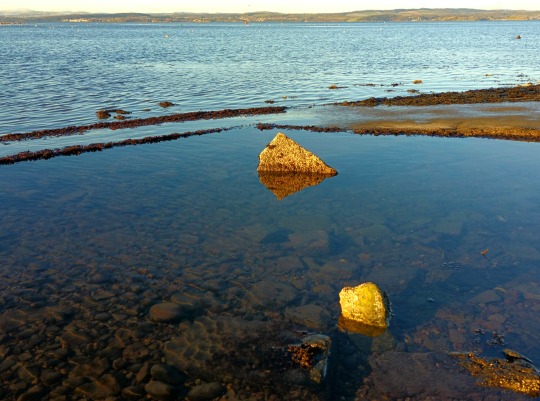
bathing pool of the rocks
13 notes
·
View notes
Text
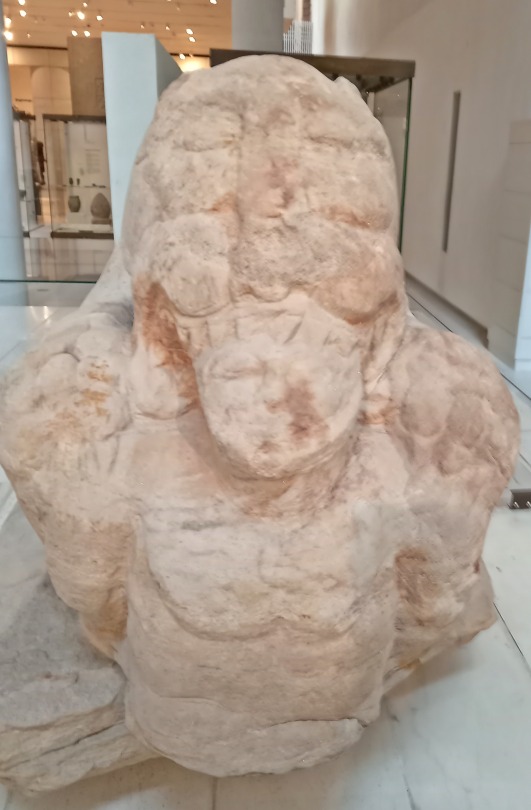


Cramond Lioness.
In 1997 Scotland was experiencing a drought. It put local ferryman Robert Graham out of his job charting folks back and forth across the River Almond, and with little else to do, he decided to scour the river’s edge. It proved to be a smart decision. Graham spotted something sticking out of the mud that would eventually become one of the United Kingdom’s greatest discoveries—and allow him to retire with a hefty finder’s fee.
What Graham managed to uncover was a statue of a lion that appears to be devouring a man. He contacted local authorities at the museum of the National Museum of Scotland, who were able to confirm that this sculpture was in fact a Roman artifact from the early part of the first century.
These administrative authorities surmised that this white sandstone idol, which dates from between the second and third centuries, may have been a grave marker for a high-ranking official in the Roman army. This discovery not only set up Graham for life, but also helped prove the Romans had advanced as far north as Scotland.
Near where this discovery was made are the remains of an ancient Roman fort, they can be located adjacent to the Cramond Kirk and Burial Ground. On the opposite side of the River Almond is the erroneously-named Eagle Rock,, which has strong associations with the centurions..
The lion is located in level -1 of the National Museum of Scotland and is part of The Kingdom of Scots permanent exhibition..
29 notes
·
View notes
Photo

Queensferry Road, EH4
#Queensferry Road#Cramond#Edinburgh#Scotland#United Kingdom#Street Photography#Photographers on Tumblr#2021
2 notes
·
View notes
Text
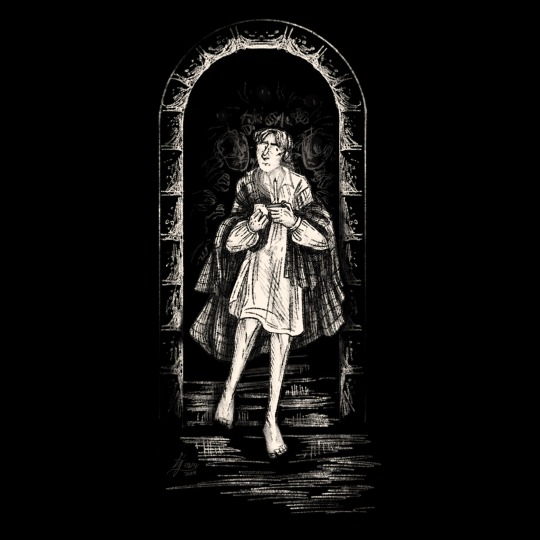
"...but the stairs are grand underfoot."
#em draws stuff#rls kidnapped#david balfour#well I just think that the house of shaws ought to be a little bit haunted!#all those curses have got to go Somewhere after all!#and a little while ago I was creeping up the stairs in the dark with a midnight jam sandwich#and the thought 'davie would do this' came into my head. and then I went on a mind journey about whether or not he'd have sandwiches.#mild research + thorts conspiracy board have produced Inconclusive results on whether or not he would have a sandwich in 1750s cramond#as you see his Evening Snack did make it into the image but it got a lot spookier along the way!#fic to go with this To Follow Eventually!!! have been Writing It!
34 notes
·
View notes
Text
ive been missing edinburgh sm lately i neeeeeed to wander her streets so bad
#need to get back to cramond and get carrot cake and watch the sunset at inverleith park and go to charity shops and get aubergine wraps#near uni and and and#jasmine has thoughts#edinburgh
9 notes
·
View notes
Photo

https://instagr.am/p/Cf9G5axoG-d/
2 notes
·
View notes
Text
Bärenattacken stoppen
von Wayne van Zwoll
Sie sah ihren ersten Grizzly vom Hubschrauber aus, als sie in ihrem dritten Jahr als Feldkartiererin für die U.S.G.S. in Alaskas Yukon-Tanana Hochland arbeitete. Obwohl sich die Mitglieder ihres Teams häufig aufteilten, um alleine zu arbeiten, trug die 30-jährige Cynthia Dusel-Bacon keine Schusswaffe. „Unser Vorgesetzter sagte, dass Schusswaffen mehr Gefahr darstellen, als…

View On WordPress
#Al Johnson#Alaska Fish & Game#Bärenangriff#Bärenattacke#Cynthia Dusel-Bacon#Frontaltreffer Bären#Grizzly Bären#https://www.visittheusa.de/destination/denali-nationalpark#Jack Turner#Menschenfressende Bären#Menschenfressende Grizzlybären#Menschenfressende Schwarzbären#Mike Cramond#Mt. McKinley National Park#Problembär#Ron Dube#Schwarzbären#Wayne van Zwoll
0 notes
Text
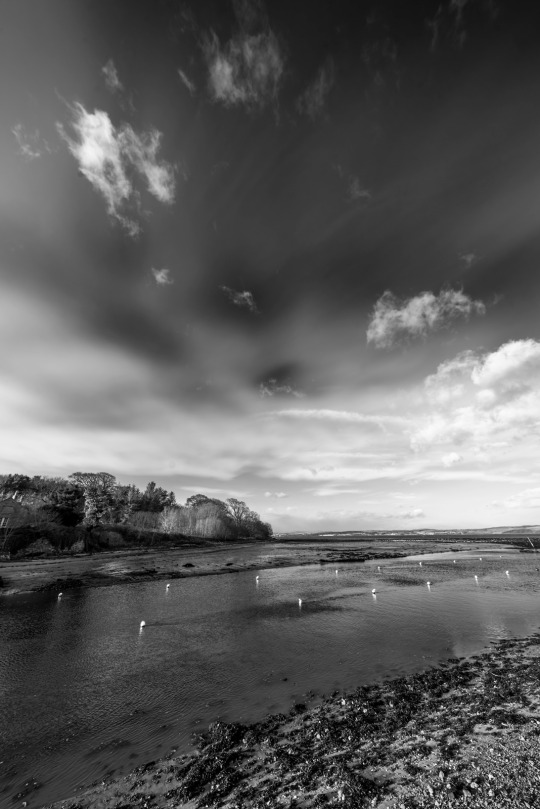
River Almond at Cramond, Edinburgh
#photographers on tumblr#original photographers#luxlit#imiging#black and white#edinburgh#black and white photography#original photography#landscape photography#River Almond#Cramond#coastline#Firth of Forth
67 notes
·
View notes
Text
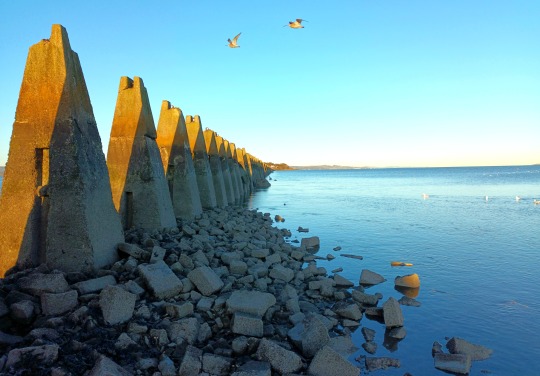

icy blue
11 notes
·
View notes
Text
Barnbougle Castle.

The original Castle building was built in the 13th century to protect the Moubray family from their enemies. It reputedly became a base for piracy and smuggling.
In 1881 Barnbougle was rebuilt by the Victorian Prime Minister, Archibald Primrose, the 5th Earl of Rosebery, as a retreat for study and contemplation. The Castle became a vast study-tower, with six libraries and a single bedroom.
The glorious barrel-vaulted Banqueting Hall is where the 5th Earl practised speeches. Some of the brightest Victorian minds gathered in this spectacular space for conversation and lively debate.
The castle is now used to host events, catering for up to 200.
28 notes
·
View notes
Text
The Cramond Lioness


Greetings Tumblr! I wanted to kickstart the new blog with one of my favourite Roman Sculptures EVER: the Cramond Lioness! The sculpture depicts a lioness mauling a native man. She was found in the River Almond in Cramond, Edinburgh, by the Local Ferryman. Most likely she was created to stand guard over the tomb of a Roman officer, but she was cast into the water before reaching her desired location - or perhaps dumped into the river by locals after the Romans withdrew from Britain!
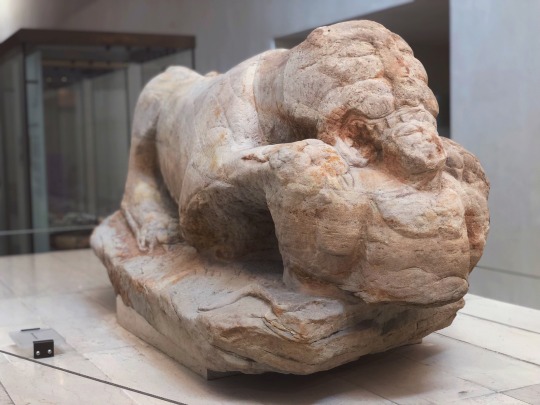
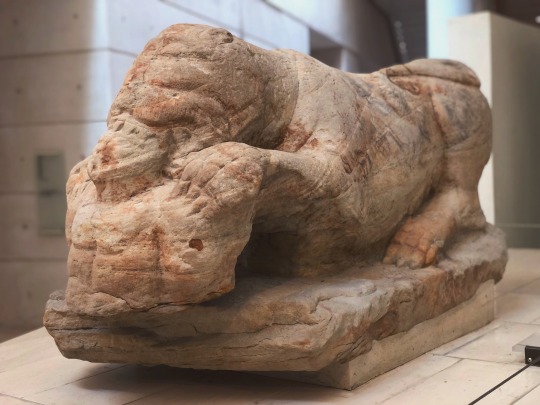

For a full, indepth analysis of her, her context and her symbolism, click the link below to check out my YouTube video dedicated to the Lioness herself! Feel free to subscribe too if you fancy it x
youtube
#Youtube#scottish archaeology#scottish history#ancient history#archaeology#scottish youtuber#cramond lioness#roman britain#roman scotland#romans in scotland#antonine wall#cramond roman fort#roman funerary art#roman funerary sculpture#archaeolorhi
0 notes
Text



Zoe Cramond as Amy Williams
NEIGHBOURS (1985 - )
7484 | 7696

#neighbours#neighbourstv#amy williams#neighbours 2016#neighbours 2017#by kraina#neighboursedit#dailytvwomen#femalecharacters#femalegifsource#userladiesofcinema#tuserjen#tuserlou#singinprincess#userteri#usercreate#filmtvcentral#userspot#userthing#popularcultersource
59 notes
·
View notes
Text
Some initial thoughts on Kidnapped!
It's fun to be reading a novel about which I know nothing. I know a relatively minimal amount about Robert Louis Stevenson to begin with, and nothing whatsoever about Kidnapped.
I presume that the innocent Davie will be kidnapped at some point? Maybe on his way to his relatives?
I admire Davie's determination to set off without the slightest idea where the fuck he's supposed to be going or what he's going to do when he gets there but I think it is an approach to life that probably does increase your chances of being kidnapped, on balance.
I like how all modern writing advice is like "reveal your character's background slowly, through dialogue and dripfeeding interesting details" and 95% of classic novels are like "are you ready to be hit by the EXPOSITION TRAIN??"
And so I find it quite charming that Mr Campbell stands there and tells Davie many things about his life that Davie should 100% already know.
Essendean is not a real place but Ettrick is and so is Cramond. They are 50 miles apart, which Mr Campbell thinks is two days' walk for Davie. I'd suggest that someone who has literally never left his village might not want to plan on marathon-length walks right off the bat, but maybe they were made of stouter stuff in the 1750s.
There's a kind of twee shortbread-tin type of Scottishness that the late Victorians apparently loved. I wasn't expecting to find it here for some reason, but this is a classic of the genre.
A shilling in 1751, adjusted for inflation, is about £10. I agree with Mr Campbell that it will not get Davie very far.
64 notes
·
View notes
Photo

William George Gillies (Scotland 1898–1973)
Sunshine, Cramond (c. 1919)
oil on canvas 35.7 x 46 cm
National Galleries of Scotland, Edinburgh
86 notes
·
View notes
Photo

Sunshine, Cramond: William George Gillies, 1919.
48 notes
·
View notes